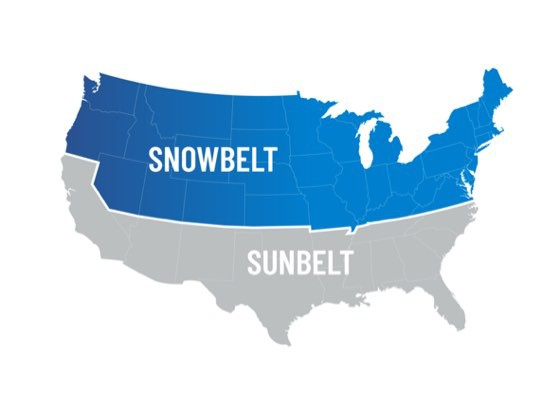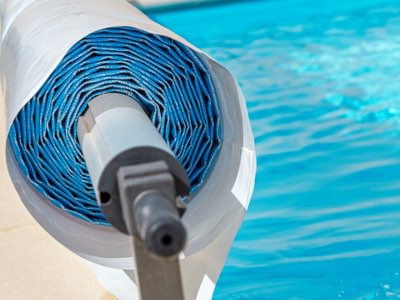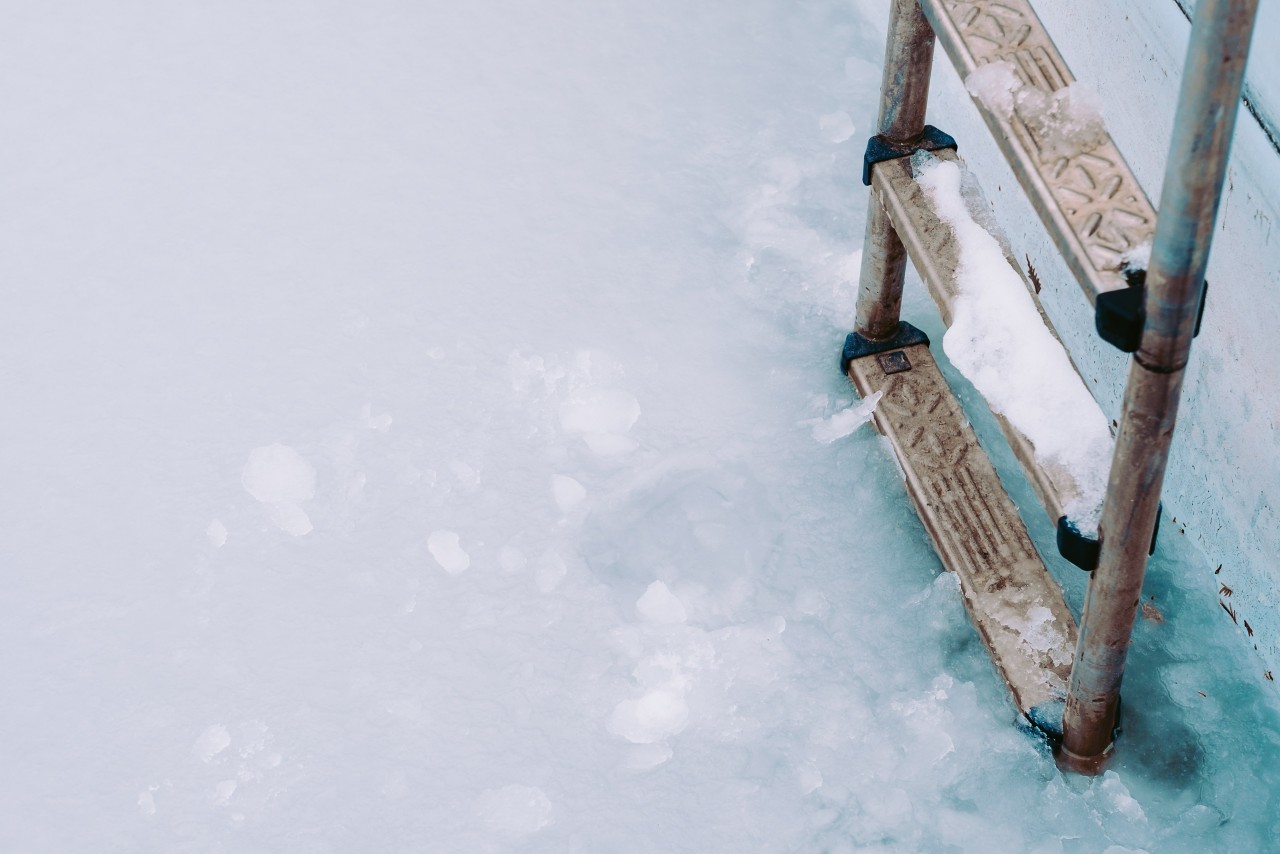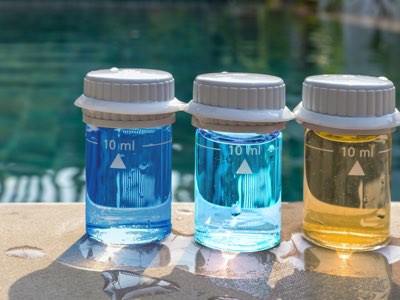- Home
- Education & Support
- Water Education Center
- Pool & Spa
- How To Winterize a Pool
Five Ways To Get Your Pool Winter-Ready
Winter is almost here and it’s time to prepare your pool for the weather change. If you are new to pool ownership, you may have questions when it comes to closing your pool during late fall and through the winter.

Who needs to winterize their pool? Why?
If you receive a consistent amount of snow, sleet, or temperatures around or below 32°F or 0°C, you need to winterize your pool. If you do the upfront work preparing your pool and equipment for winter, your pool water will be in better condition come springtime.
What does it mean to "winterize my pool?"
You are preparing your pool equipment, water and surrounding area for cold, winter weather.
Pool professionals call pools of this region "Snowbelt Pools" because these pools close for the winter.
If you want to get started before your appointment, consider the following:
1. Give your pool a deep clean
Drop your robotic pool cleaner in the pool so it can brush off any deposit hanging around the pool walls. If you have a pool brush, thoroughly scrub the side of your pool to reduce the chance of black algae and scaling on your pool walls.
2. Check your pool water chemistry
Make sure your pool water is balanced before winterizing your pool. Stabilizing your pool water will ensure you don’t have more significant problems like algae bloom or scaling when you remove your pool cover in springtime.
Before closing your pool, always shock the water before adding winterization chemicals.
3. Turn off your pool equipment
Remove booster pumps, pool cleaners, any accessories you might have in the pool. Keep your automation system, pool pump and filtration system running until your pool professional arrives. They will ensure they are dried and winterized correctly.
Keep in mind that it’s important to look at any product warning labels before turning them on or off. Some products, such as pool filters, do have safety considerations you should keep in mind. Your safety is a priority, so make sure you budget time to address any important safety steps as you’re preparing your pool for winter.
4. Find space for your pool equipment
Make room for your pool equipment in a dry space. Ideally, somewhere that doesn’t get below 40°F/4°C. Many people put their equipment in their shed or in the back corner of their garage to help make sure freezing temperatures outside don’t reach the pool equipment.
5. Get in touch with your pool professional
You’ll want to ensure you are on your pool professional’s schedule so they can help you winterize your pool. They have pool closing services to ensure your pool is safe from the winter elements.
Your Pool Professional Will Help With:
1. Lowering the pool water level
Reducing the level of your pool water helps with freeze protection and the chances of an overflow.
2. Draining and removing equipment
Your pool expert will remove water from your pool equipment like pool pumps, filters and sanitizers to reduce the chance of equipment damages.
Don’t forget to remove the plugs.
3. Winterizing pool lines and adding winter equipment
Your pool expert will blow your pool equipment lines so no water is left, in order to reduce the chances of frozen or damaged equipment.
Typically, pool experts will add a gizmo or plug to your skimmer to help protect your pool pipes from frozen water getting stuck in the pipes.
4. Adding a winter cover
- Confirm there are no holes or abrasions to the pool cover.
- If you have an inground pool, consider adding water bags to secure your winter pool cover.
- Install an air pillow for an above ground pool.
An air pillow helps relieve the pressure from the accumulation of rain, snow and ice, which may and can prevent damages to your pool cover, liner and walls. Place the air pillows in the middle of the pool. If you have a large pool, you may need two or more air pillows to prevent snow or ice from damaging the pool's structure.
During the winter
If you can access your pool and release a corner of the cover, consider checking your chemical levels and if needed, add chlorine once a month to keep your chlorine residual intact. It's imperative to maintain your chlorine levels because chlorine diminishes over time, and it can help combat dirt and grime in the pool. To keep your pool water in check in the winter months, keep your water at 3 PPM.
What is residual pool?
It’s your pool water measured at depth, volume and size when water flow stops. Keeping your pool water as close to a metric of 3 PPM as possible will help ensure the chlorine's sanitation effectiveness is working at maximum strength.
Don’t have a pool professional?
Check out the Pentair Find a Dealer tool to find a pool professional near you.
Related Articles

If you live in the Southeast and Southwest, don't forget these extra steps in managing your pool this winter.

Sometimes a severe winter storm can roll through your area and affect your home and pool. Here how you can manage your pool in a power-outage.

To keep your pool water crystal-clear and sparkling clean this season, here are five things every pool owner should recognize as signs their water needs attention.


